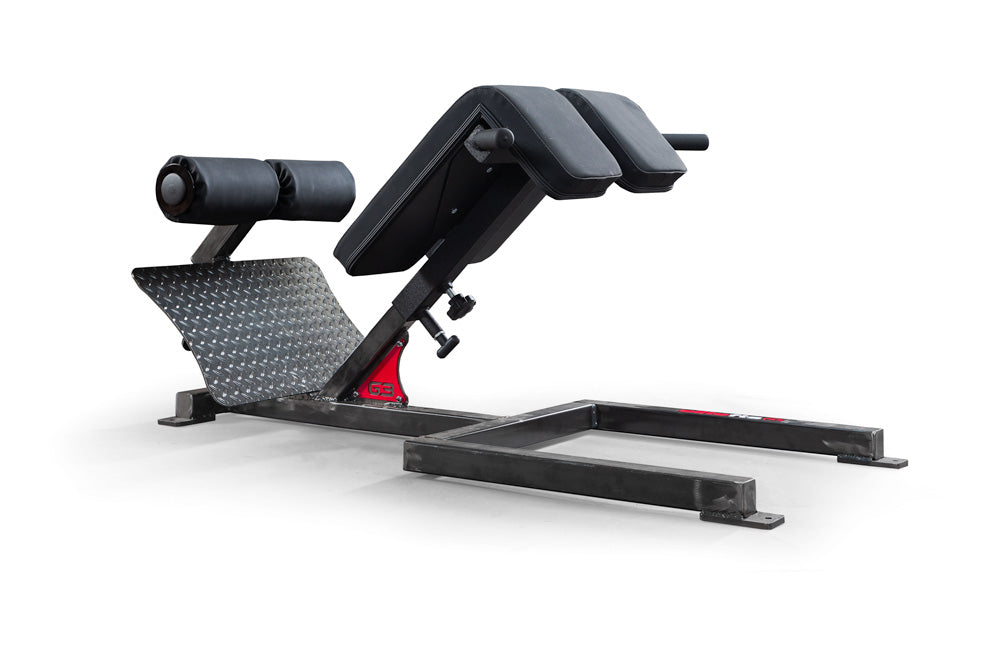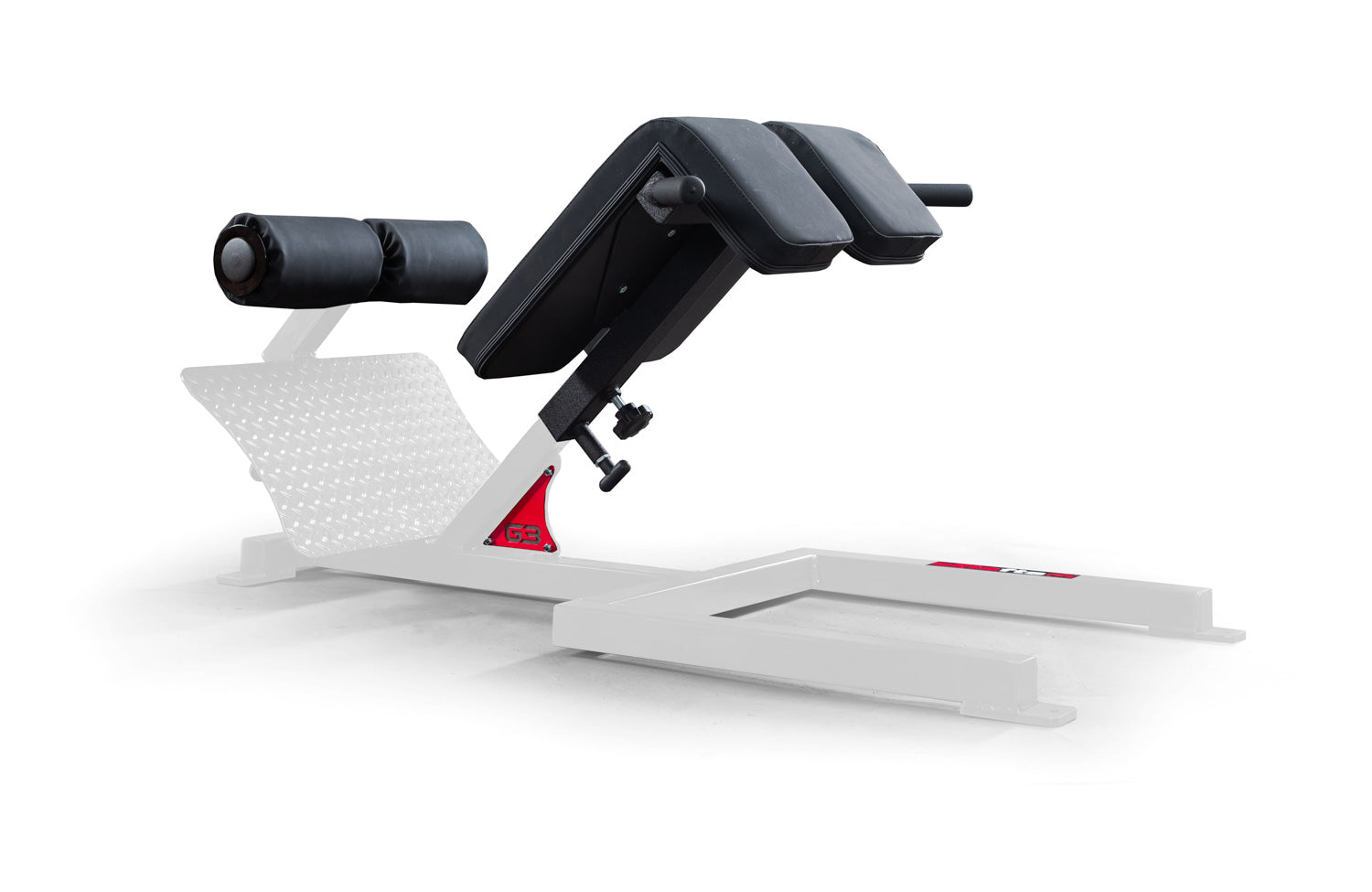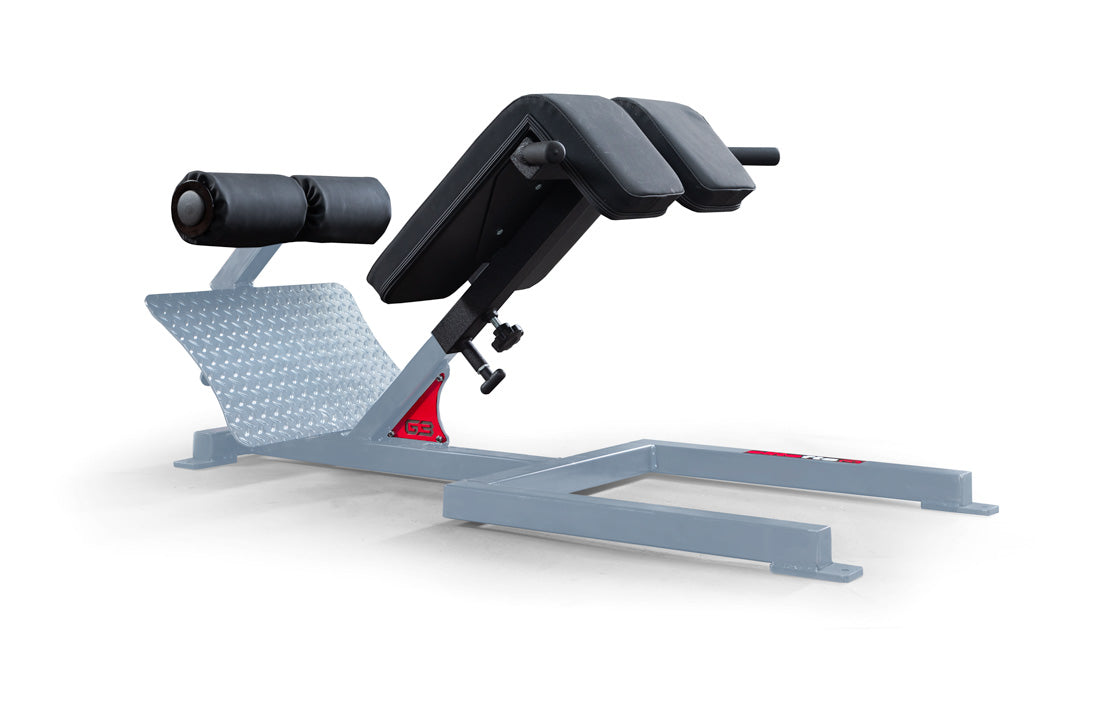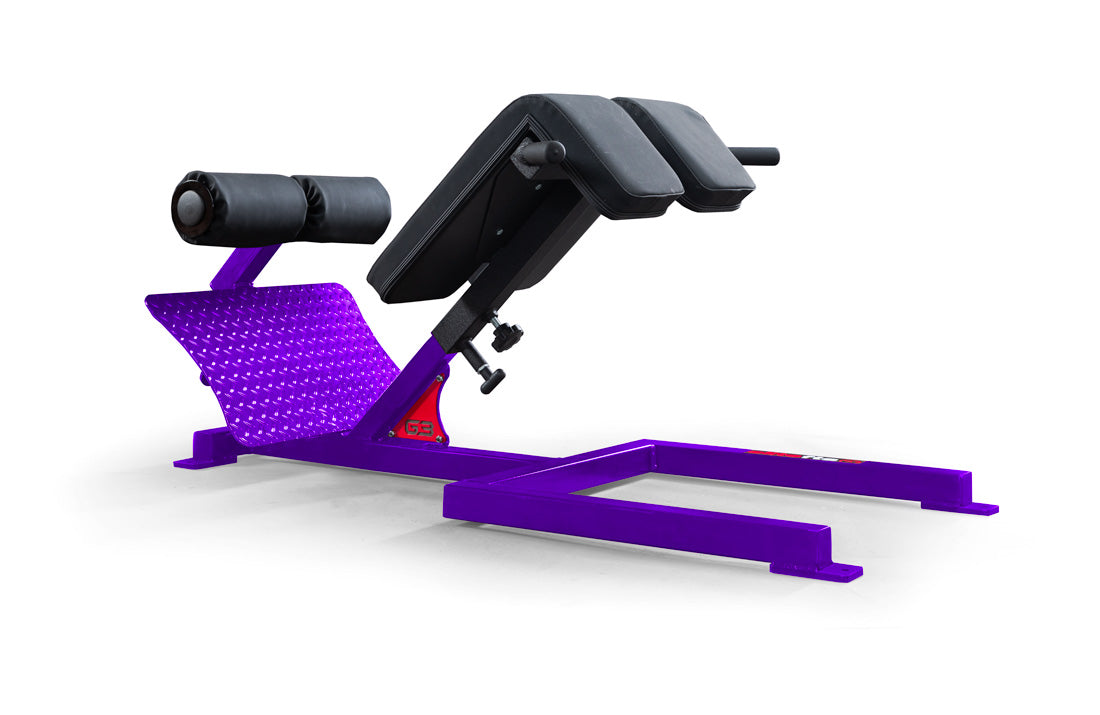By Alan Aragon and Ryan Zielonka
This is part two of a two-part series.
A “controlled” study? A recent study led by Stote compared the effects of one meal with three meals per day. It was the first trial of its kind to control calories between randomly assigned groups (17). Curiously, the one-a-day group lost slightly more body weight and body fat and gained a small amount of lean mass. Given those results, it’s heralded in some fitness circles as the long awaited shred of research supporting Ramadan-style (12–16 hour daily) fasting for achieving the Holy Grail of body recomposition. As always, things are never as simple as they seem once the details are exposed. A number of serious design flaws, including common ones such as a small sample size (15 participants completed the trial) and short duration (two-week lead-in, six-week treatment periods) plague the quality of the conclusions. The withdrawal of five subjects was a 28 percent dropout rate, which raises the huge question of how different the results might have been if the participants hung in there. The authors noted this was anomalously high compared to the typical dropout rate from feeding studies at their facility, which is roughly 6–7 percent. Statistical outcomes can easily swing either direction due to individual differences in a small sample. Now, let’s take a look at how the key limitation of this trial cripples its validity. The most crucial short sight of the investigation was its use of bioelectrical impedance analysis (BIA) for body composition assessment. In a previous study illustrating its inaccuracy for fasting protocols, Faintuch’s team used BIA to measure body composition changes in non-obese subjects undergoing a 42-day fast, consuming only water, vitamins, and electrolytes (31). BIA registered an unrealistic 32 percent decrease in body fat and an overall gain in lean mass. The researchers themselves concluded that these impossible readings proved that BIA was an inappropriate method for this type of protocol. It’s baffling that Stote chose BIA out of all the available methods given BIA’s woeful track record in fasting research, which is likely attributable to the aggressive water redistribution found in fasting patients. Because we don’t have reliable readings of the study’s critical endpoints, its results are basically worthless. Entering Ramadan—keep your eyes on the road Ramadan is considered by practicing Muslims to be the most important period of religious observation in the Islamic calendar. In its strictest version, a complete food and fluid fast is undergone from sunrise to sunset (12–16 hours). This routine is carried out daily for a month. Unsurprisingly, traffic accidents peak during this time alongside a reduction in working hours (32). Traffic injuries are the second major cause of death in the United Arab Emirates, with the bulk of the accidents occurring between 8:00 am and 2:00 pm (33). Research consistently shows a decrease in daytime alertness, mood, and wakefulness during the fasting month of Ramadan (32–35). Physical performance—speed, agility, and endurance—declined in professional soccer players observing Ramadan (36). Their performance remained low for two weeks post-Ramadan. Fasting and exercise—common effects On the heels of caloric restriction Caloric restriction (CR), defined as a sustained linear calorie reduction without malnutrition, has a substantive body of animal data supporting its benefits on a number of clinical endpoints. Human data is steadily emerging to validate it. (35–37). Whether or not intermittent fasting (IF) is as effective as CR in humans will be determined by further research, but it appears effective at least in improving HDL levels in women and insulin sensitivity across the board. Whether IF continues to show detrimental effects on glucose tolerance in women remains to be seen. Improvements in insulin sensitivity, glucose tolerance (in men at least), body weight/body fat, blood pressure, blood lipids, and heart rate are commonly cited benefits of IF and CR. The question is can exercise achieve the aforementioned cardiovascular/metabolic benefits without the inherent downsides of periodic food deprivation? The scientifically valid answer is yes (40, 41). Neuroprotective benefits One of the highlighted benefits of IF and CR is the ability to prevent aging symptoms of the brain and nervous system. Brain derived neurotrophic factor (BDNF) is one of a family of brain-based proteins responsible for the survival and growth of neurons involved with memory and learning. Preventing a decline in BDNF can thus prevent and/or lessen the progression of neurodegenerative disorders. IF and CR have both been found to increase BDNF activity (42). However, few are aware of the fact that exercise has also been demonstrated to elevate BDNF (43), and the degree of effect appears to be intensity dependent (44). In a recent example of this phenomenon, Winter’s team found that in comparison to low impact aerobic running and a period of rest, vocabulary learning was 20 percent faster after high impact anaerobic sprints (45). Ironically, although fasting can have preventive effects on neurodegeneration, its track record in improving human cognition is bleak. With all this great data on the common neuro-protective and cardio-protective benefits shared by fasting and exercise, why not combine the two and train in a fasted state? Fasted cardio-respiratory training research has been covered elsewhere (46). The next section will discuss the effects of fasted resistance training. Fasted resistance training = not optimal Regardless of the inconsistency of performance data on fed versus fasted subjects, the combination of fasting and resistance training has never been a good idea from the standpoint of optimizing protein synthesis and inhibiting protein breakdown. Recent research by Baty’s team showed no resistance training performance benefit of a protein-carb solution taken pre-, during, and post-workout (47). However, two indicators of muscle damage were elevated in the fasted training placebo group. Their myoglobin levels approached significance halfway through the exercise bout and were significantly elevated six hours post-exercise. Creatine kinase levels were also significantly elevated 24 hours post-exercise. Tipton’s team compared the effect of an immediate pre-resistance training dose of essential amino acids + carbohydrate (EAA+CHO) with the same treatment immediately post-workout (48). Two hundred and sixty-two percent more amino acid uptake was seen in the pre-group compared to the post-group. In a subsequent study, Tipton used a similar protocol with 20 g whey protein only, administered either immediately pre- or immediately post-workout (49). Although no significant differences in protein synthesis were seen, Tipton noted that the study was underpowered to detect differences in such a small sample size. He suggested that a protein-synthetic increase would be seen in the pre-workout treatment if there were approximately double the number of subjects. Also of note is that four of the eight subjects in the pre-group had greater amino acid uptake than any of the subjects in the post-group. Furthermore, it’s highly likely that more protein synthesis would be seen in the pre-group if carbohydrates were taken with the protein, as was the case in Tipton’s previous study. Bird’s team saw muscle preserving effects of an EAA+CHO solution ingested during training after a four-hour fast (50). The EAA+CHO treatment suppressed any cortisol increase whereas the fasted group’s cortisol levels rose 105 percent by the end of the training bout. 3-methylhistidine (3MH – an indicator of myofibrillar protein degredation) levels in the fasted group were elevated by 56 percent two days after the exercise bout whereas 3MH levels in the EAA+CHO group were reduced by 27 percent. Apparently, even a partial fast before resistance training can negatively impact muscle protein status. Research summary Meal frequency- A haphazard/randomly variable meal frequency, not necessarily a lower frequency, negatively impacts thermogenesis, blood lipids, and insulin sensitivity.
- Within a day, a higher frequency has no thermodynamic advantage over a lower frequency under controlled conditions.
- The majority of controlled intervention trials show no improvement in body composition with a higher meal frequency.
- Studies indicating the disappearance or lack of hunger in dieters occur in either complete starvation or very low calorie VLCD regimes (800 kcal/day or less).
- Hunger is a persistent problem with reduced meal frequency in non-starvation and other protocols with calories above VLCD levels.
- For controlling appetite, the majority of research indicates the superiority of a higher meal frequency.
- The body appears to be “metabolically primed” to receive calories and nutrients after an overnight fast. Breakfast is a particularly beneficial time to have dietary protein because muscle protein synthesis rates are typically lowest at this time.
- Overall, both experimental and observational research points to breakfast improving memory, test grades, school attendance, nutrient status, weight control, and muscle protein synthesis.
- Animal research has shown a number of positive health effects of ADF and CR.
- Human ADF research is scarce and less consistent than animal research, showing both benefits (insulin sensitivity is the most consistent outcome) and risks (impaired glucose tolerance in women).
- So far, control groups are absent in all human ADF studies. Thus, no comparative conclusions can be drawn between ADF and linear caloric intake.
- The validity of the single published controlled trial to date (17) comparing one versus three meals is heavily confounded by an exceptionally high dropout rate in the one-a-day group and the use of BIA to measure body composition.
- The one-a-day group reported increasing hunger levels throughout the length of the trial, echoing the problem of hunger with a reduced meal frequency seen in other similar research.
- Ramadan fasting (12–16 hours per day, sunrise to sunset) decreases daytime alertness, mood, wakefulness, and competitive athletic performance and increases the incidence of traffic accidents. It’s difficult to determine the relative contributions of dehydration and a lack of food to these adverse phenomena.
- The effect of exercise and meal frequency on body composition is an interesting but largely unexplored area of research.
- Improvements in insulin sensitivity, glucose tolerance (except in women undergoing ADF), body weight/body fat, blood pressure, blood lipids, and heart rate are commonly cited benefits of IF and CR.
- All of the above benefits can be achieved by exercise minus the downsides of fasting.
- IF and CR have both been found to have neuroprotective effects by increasing BDNF levels.
- A growing body of research shows that exercise can also increase BDNF, and the degree of effect appears to be intensity dependent.
- Based on the limited available data, resistance training performance, especially if it’s not particularly voluminous, might not be enhanced by pre-workout EAA+CHO.
- Despite equivocal performance effects of pre- or mid-workout EAA+CHO, it minimizes the muscle damage that occurs from fasted resistance training.
- Immediate pre-workout protein and/or EAA+CHO increases protein synthesis more than fasted resistance training with those substrates ingested immediately post-workout.
- It’s possible that a partial fast (as short as four hours) before resistance training can negatively impact muscle protein status.
http://alanaragon.com/myths-under-the- microscope-the-fat-burning-zone-fasted-cardio.html. 47. Baty JJ, et al (2007) The effect of a carbohydrate and protein supplement on resistance exercise performance, hormonal response, and muscle damage. J Strength Cond Res 21(2):321–9. 48. Tipton KD, et al (2001) Timing of amino acid-carbohydrate ingestion alters anabolic response of muscle to resistance exercise. Am J Physiol Endocrinol Metab 281(2):E197–206. 49. Tipton KD, et al (2007) Stimulation of net muscle protein synthesis by whey protein ingestion before and after exercise. Am J Physiol Endocrinol Metab 292(1):E71-6. 50. Bird SP, et al (2006) Liquid carbohydrate/essential amino acid ingestion during a short-term bout of resistance exercise suppresses myofibrillar protein degradation. Metabolism 55(5):570–7.





















































































